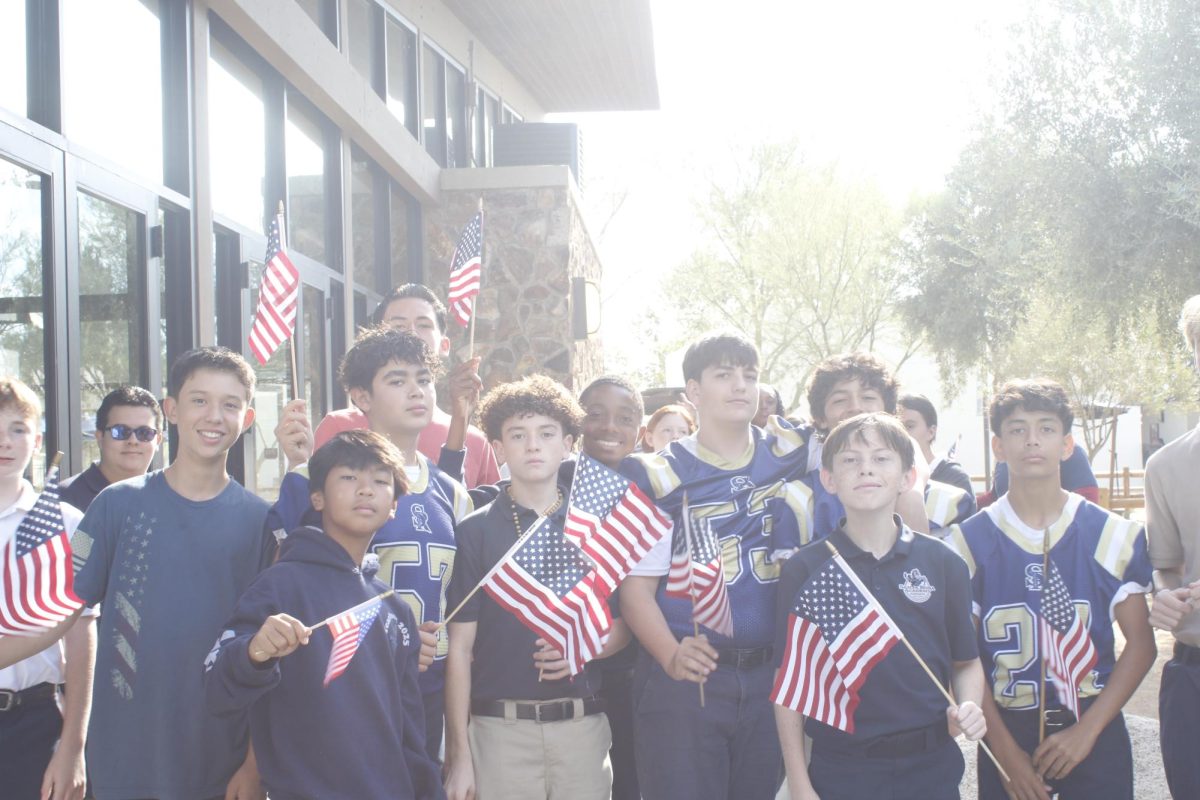“Risk of Rain Returns” is the much anticipated remake of the hit 2013 space roguelike, “Risk of Rain” Developed by Hopoo Games and published by Gearbox Publishing, the game has been out about a month ago now. Many players are singing its praises, bringing up things such as how much smoother the game feels and how much better the detailed pixel art looks now. While these things are indeed important, one may wonder how much was added to the game, as opposed to what was improved. Well luckily, lots of completely new things were added in this giant remake, so much in fact, that I’ve taken to writing this article about the three most important of these additions (in my opinion). Hopefully this information will help both players of the original game and potential new players decide for themselves if the remake is worth purchasing.
As the “Risk of Rain” games all have very similar and long names, I’ll be using abbreviations to refer to the three. RoR for the original “Risk of Rain”, RoR2 for “Risk of Rain 2”, and RoRR for “Risk of Rain Returns”.

The Ability to Move While Attacking
Let’s start with the probably the most obvious addition to those who played the original. In RoR, when you used any abilities not tied to mobility (primaries, most secondaries, and most specials) your movement would be locked for the duration of the attack. While this feature did add some strategy, as it forced players to stand their ground against enemies while using their utility to dodge enemy attacks instead of just running in the other direction as they shoot at the horde behind them, this mechanic did not click for many players. To most, it simply felt bad to have to cease all movement whenever you found yourself in a fight (which is most of the time in these games).
So, in RoRR, the developers got rid of this mechanic. If you start attacking in RoRR, you can still move, but at an around 50% slower speed. So you can back up while enemies approach, but they’ll eventually catch up because of your low movement speed. Some may think this movement change isn’t impactful enough to be one of the top three additions in RoRR, but I’d argue it really is. The new movement mechanic creates a new dynamic of risk and reward, as you can stay in the fight much longer by backing away and jumping to avoid attacks, but if you stay in too long, you’ll eventually mess up and be hit by the devastating attacks of the horde you were starfing. Being able to move while attacking, which is how attacking works in most other games, makes the learning curve for the game much more forgiving. Plus, this feature fixes what many players considered to be RoR’s fatal flaw. You can even turn the mechanic off if you want an extra challenge or prefer the classic way of attacking. To me, the ability to move while attacking heavily improves the game flow and its first impression on newcomers, so it well deserves a place on this list.
Providence Trials
Providence Trials are a collection of short challenges that put a creative spin on the “Risk of Rain” formula. These trials take a more level by level approach than the main, roguelike formula that all “Risk of Rain” games follow. The challenges can range from time-trial-like races against the clock where you must use utility skills to zoom through a platforming race, to a Castlevania reference, where you must explore an old castle filled with secret items, while equipped with a whip attack, to more character specific challenges, like one for the Mercenary, where you must parry 10 enemies of progressively increasing speed in a row. These trials offer a different way to play for those who don’t like the repetitive nature of roguelikes and their repeated runs.
On top of most trials being enjoyable challenges, they also provide unlocks for beating them. Most of the new items and alternate survivor skills are unlocked through beating these. Even better, the trials that unlock alternate skills act as tutorials for how to best use them. The trial that features Sniper’s alternate secondary: Quickscope, a skill that requires high precision to use effectively, is a hit-the-target challenge that includes targets in far away positions. This forces you to learn how to time the Quickscope reticle so that the move hits the target. Following this formula, the Providence Trials serve as both a fun alternative way to play the game and a tutorial for the moves brand new to RoRR. Providence Trials are a very welcome breath of fresh air.
New Survivors
This is the big one for many. For those who aren’t very familiar with the “Risk of Rain” franchise, survivor is the term for characters in the games. Having brand new survivors to pick from, each with their own unique skills, provides completely new ways to play the game. So with 4 new characters, a bunch of new possibilities open up. Their inclusion on this list is self-explanatory. The characters added in R”isk of Rain Returns” are Artificer, Pilot, Drifter, and a secret fourth character that will not be covered in this article due to their easter egg-like nature. Let’s go over them in order.
If you played RoR2, you may recognize the Artificer, but she is very different in RoRR. Artificer’s playstyle in RoRR mainly revolves around her utility skill, Frost Barricade. As the name implies, the move creates a wall of ice that enemies on the other side of will target. Using the wall to get all enemies chasing her to stack up in one area, Artificer can make good use of her short range, piercing skills, such as a flamethrower skill that can mow through large amounts of enemies. Artificer is certainly the most tame of the new characters, being an already existing character in the sequel and having relatively normal skills, but she is still a very welcome addition.

The Pilot is one of the two completely new survivors to the whole of the “Risk of Rain”franchise (well, the secret character is too… kind of). Being completely new to the franchise, there was a lot of pressure for him to stand out from the already existing 12 survivors originally in RoR and the 14 in RoR2. Luckily, the Pilot easily distinguishes himself from the rest of the crew. The Pilot is an aerial combat centered character, with moves that can shoot upwards as well as downwards. This may sound like an odd fit for a 2D game with only a few enemies that attack from above, but that’s where Pilot’s utility and special skills come in. Rapid Deployment, a skill that flings Pilot into the air and allows him to gradually glide back down to the floor with a parachute and Airstrike, which throws a landmine onto the floor, which sends overhead enemies into the air with an explosion. While in the air, Pilot’s usually upward firing secondary skill turns into a downward attack, so you can use utility skill to glide over your enemies while raining down damage. Once you land back on the ground, you can use Airstrike to send enemies into the air, the perfect spot to hit them with your now upwards-firing secondary skill. The Pilot is an incredibly unique survivor, with an creative skillset that allows his moves to flow together very satisfyingly once they click for the player.

The final survivor we will be going over is the Drifter. Drifter is easily one of the most versatile survivors in the game, not really even needing items to have a good chance at winning a run. Drifter is a melee survivor who attacks by swinging her giant backpack full of loot at enemies, but her strength doesn’t lie in her primary skill, it lies in her special skill, Salvage. When using Salvage, Drifter rummages through her backpack and throws out four random temporary items, each lasting five minutes. So she can basically sustain herself and just give herself items without ever needing to pay with them? No, because there are two things preventing this. One, the fact the skill has a cooldown of 30 seconds, and two, Drifter’s unique mechanic, the scrap meter. When Drifter hits enemies, they drop scrap, and when she has enough scrap, her bar fills up and she can use her special skill. Even with these restrictions, Drifter’s special skill is one of the most powerful in the game, as her scrap meter fills up relatively quickly and players can save up a bunch of items to use all at once by not picking up the items immediately, continuing to pile up more in the same spot for a boss fight or giant horde. As she has the constant support of her temporary items, Drifter can win the game without having to buy nearly as many items as other characters. Like the Pilot, the Drifter succeeds in standing out from the already existing survivors from RoR, with her scrap meter and temporary items, she’s a very unique powerhouse.

Conclusion
Those are, in my opinion, the three most substantial additions made in “Risk of Rain”Returns. There are many other additions (new items, alternate skills, and the Miner’s new heat meter) but the features in my top three add the most to the game, to me. With this information, hopefully readers will be able to decide for themselves if purchasing this remake is worth it.















